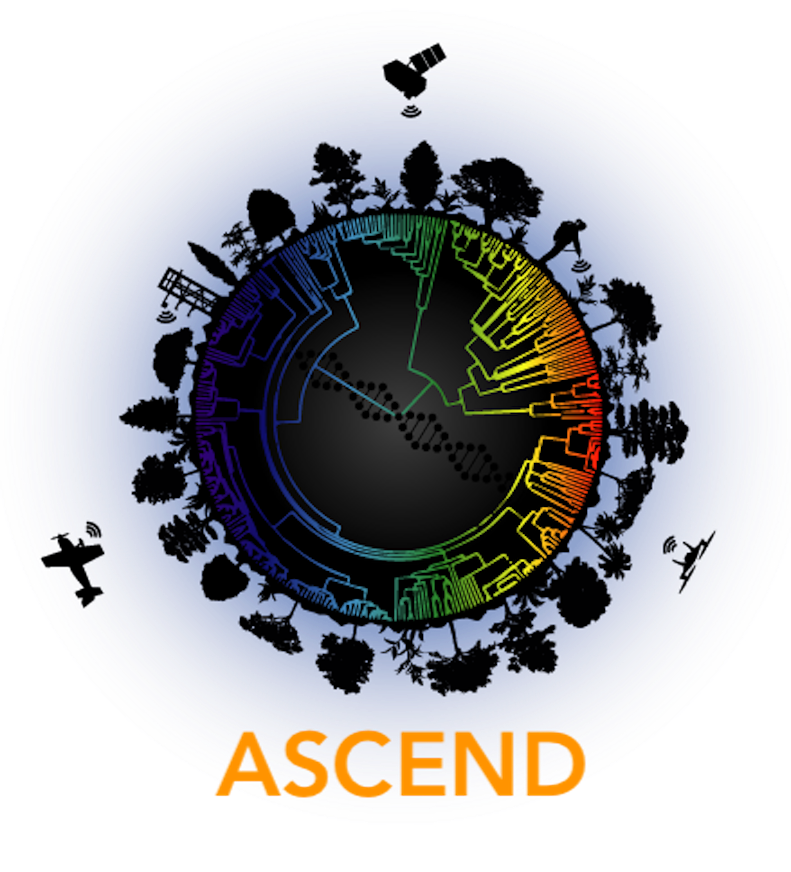NextGen: Mariana Hernandez Leal
Introduce yourself
Hi. My name is Mariana Susana Hernandez Leal. I am a Postdoctoral associate researcher at the Cavender-Bares lab at University of Minnesota.
When did you know that you wanted to become a scientist?
Since I was a child I loved rivers and the plants that live associated with these ecosystems and I started to wonder how seeds moved through the water when I walked with my dad in the field. I was always curious about nature but also about music and history, so when I was in high school I was hesitant among Biology, Philosophy or Chemistry (in Mexico you need to decide your subject area of focus in high school). I decided on Biology and in the 6th semester I took an Evolution course, where I fell in love discovering the history of living forms on earth, how they change, and how populations evolve into new species.
Tell us about your research projects in ASCEND
I am currently a postdoc with ASCEND where I have the opportunity to study associations among spectral diversity measured at the leaf level, genetic diversity and population genetic structure as well as the the ecological evolution of species. I am currently leading a project that seeks to establish the relations between genetic diversity and structure among populations of seven species of live oak trees (Quercus section Virentes) and their spectral diversity. We use spectroscopic fingerprints of herbarium specimens obtained without damaging them and apply analytical approaches to associate them with genetic information. We also use them to predict functional traits. Genetic diversity can be associated with adaptive traits and therefore may be correlated with changes in genetic structure, adaptation and speciation between populations.
What do you find most challenging about your current research?
First, the language barrier has been a challenge. Additionally, as a researcher new to approaches used in spectral biology, I find it challenging to start in an area I have not explored yet. I have been involved in genetics and evolutionary biology all my academic life. Joining this new working group has required opening myself to new ways of analysis and data gathering, along with all the effort involved in learning many things from scratch. Fortunately in the ASCEND team, I always have good colleagues who are experts in many fields. So I have the support of many people who can help me to strengthen my knowledge.
Mariana Susana Hernández Leal at a field site in Chilé
How would you explain your research to someone who is not a scientist?
As we know DNA is a molecule found in cells and is the basis of heredity. DNA is similar to a library where you can find the information for all the characteristics you have—the color of your hair, eyes, blood type etc. These characteristics were inherited from your parents; half of your information comes from your mother and the other half from your father. So we can trace this information back into time to find out what changes there were in your ancestors and discover the hidden history in them. We can figure out where your ancestors come from, if they have certain characteristics that could be adaptive in certain environments and how other forces like migration and bottle-necks (reductions in population size) could have affected the type of variation we see among different populations. This also works for any species, not just humans. Just think about it! We can discover how populations transform into new species, which adaptations are modeling genetic diversity and natural selection between different populations that live in different environments.

